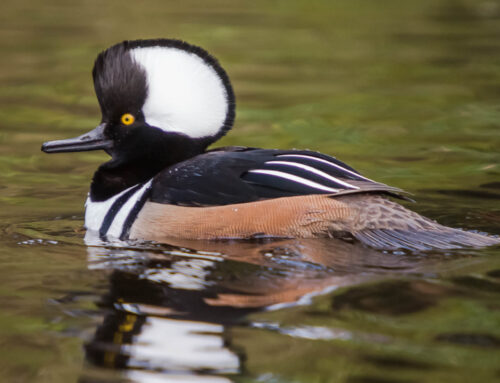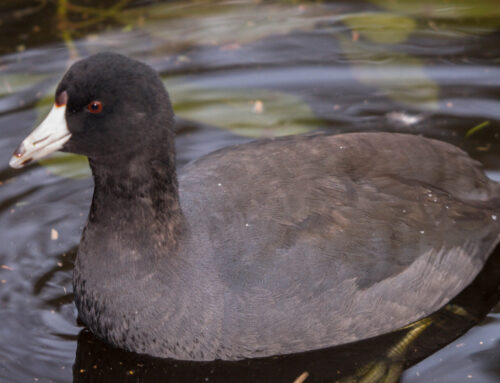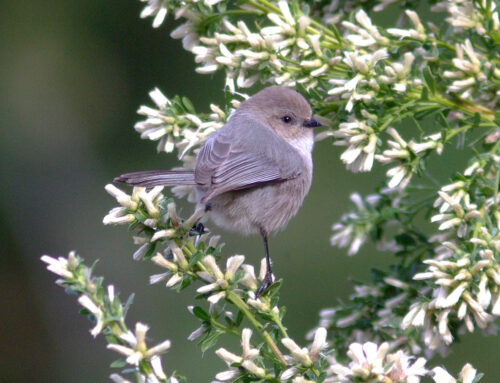Common Name
Steller’s Jay
Species Name
Cyanocitta stelleri

©2006 Don Enright
Appearance
30-34 cm length | 44 cm wingspan | 100-140 gm weight
Closely related to the Blue Jay, the Steller’s Jay has longer legs, a more slender bill and a much larger crest – think of a feathery mowhawk. They have a long body, an often upright stance, broad, rounded wings and a long tail.
The Steller’s Jay has a brown-black or blue-black head that gradually fades down through the chest and shoulders turning to grey-blue and eventually bright blue in the primaries and tail. The tail and wings have black barring. They may have light-blue streaks on the forehead and a small, white patch above the eye. The legs and bill are black.
Habitat / Behaviour
Omnivore | Woodland
The Steller’s Jay prefers forests and heavily wooded areas although it isn’t uncommon to see them in lightly wooded environments or residential and agricultural areas that have a forest nearby.
Steller’s Jays forage in trees and on the ground for plant and animal matter. They eat a considerable quantity of seeds from coniferous trees like pine and Douglas fir, and acorns. A wide variety of other seeds and nuts, berries and invertebrates are also common in their diet. They may also take eggs and nestlings, small rodents and small reptiles.
Breeding
Monogamous | Tree nester | 2-6 Greenish-blue eggs with brown speckles | 1 set of young per year
Calls include the harsh SHACK-Sheck-sheck-sheck-sheck-sheck or a skreeka! skreeka! They also make a softer hoodle hoodle whistle. It is known for its vocal mimicry, imitating other birds, animals and man-made sounds. They will imitate the call of raptors to successfully frighten away smaller birds from shared feeding sources.
Related Links
- The Steller’s Jay on Location!
- Get the Vancouver bird checklist on the web or on your iPhone.
- 10 Simple Birding Tips






